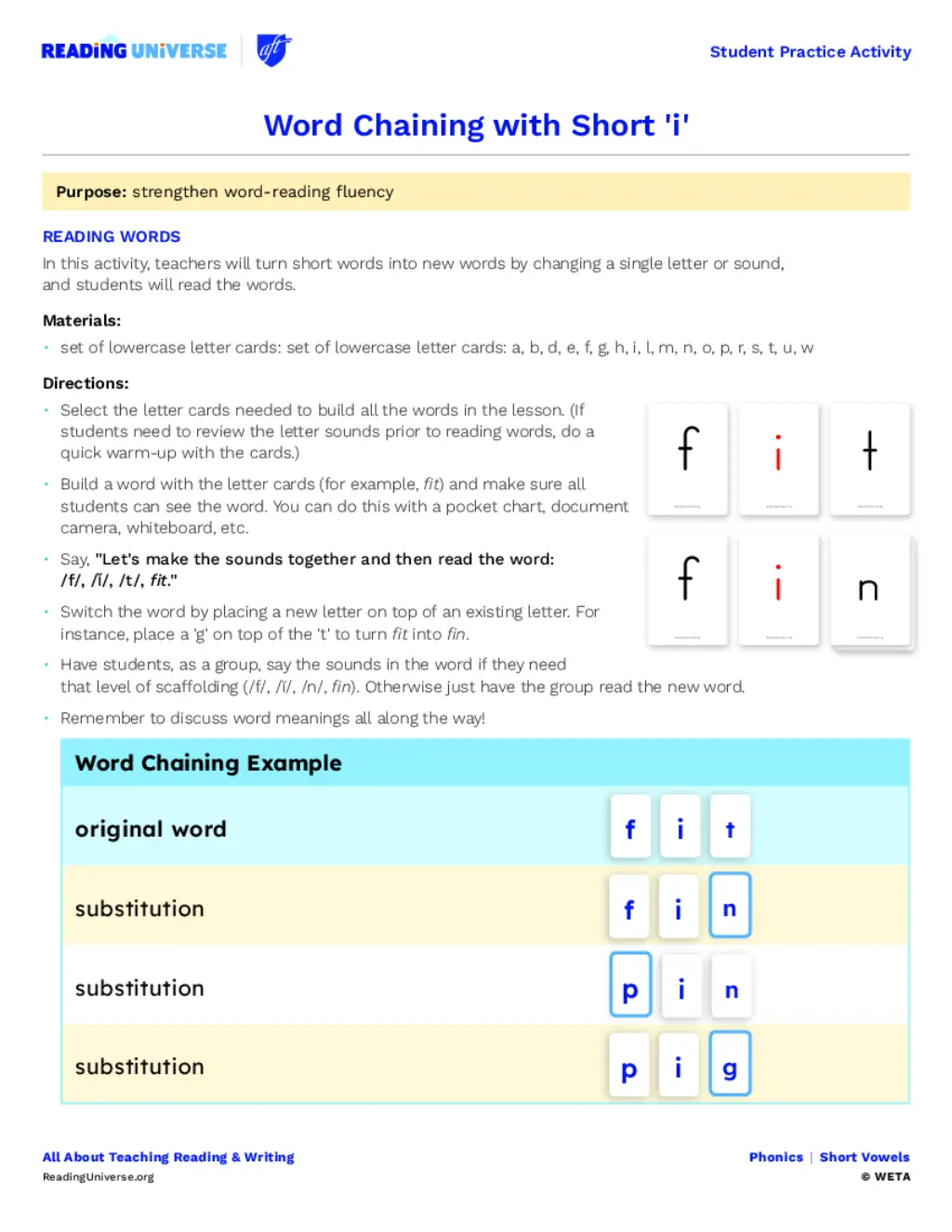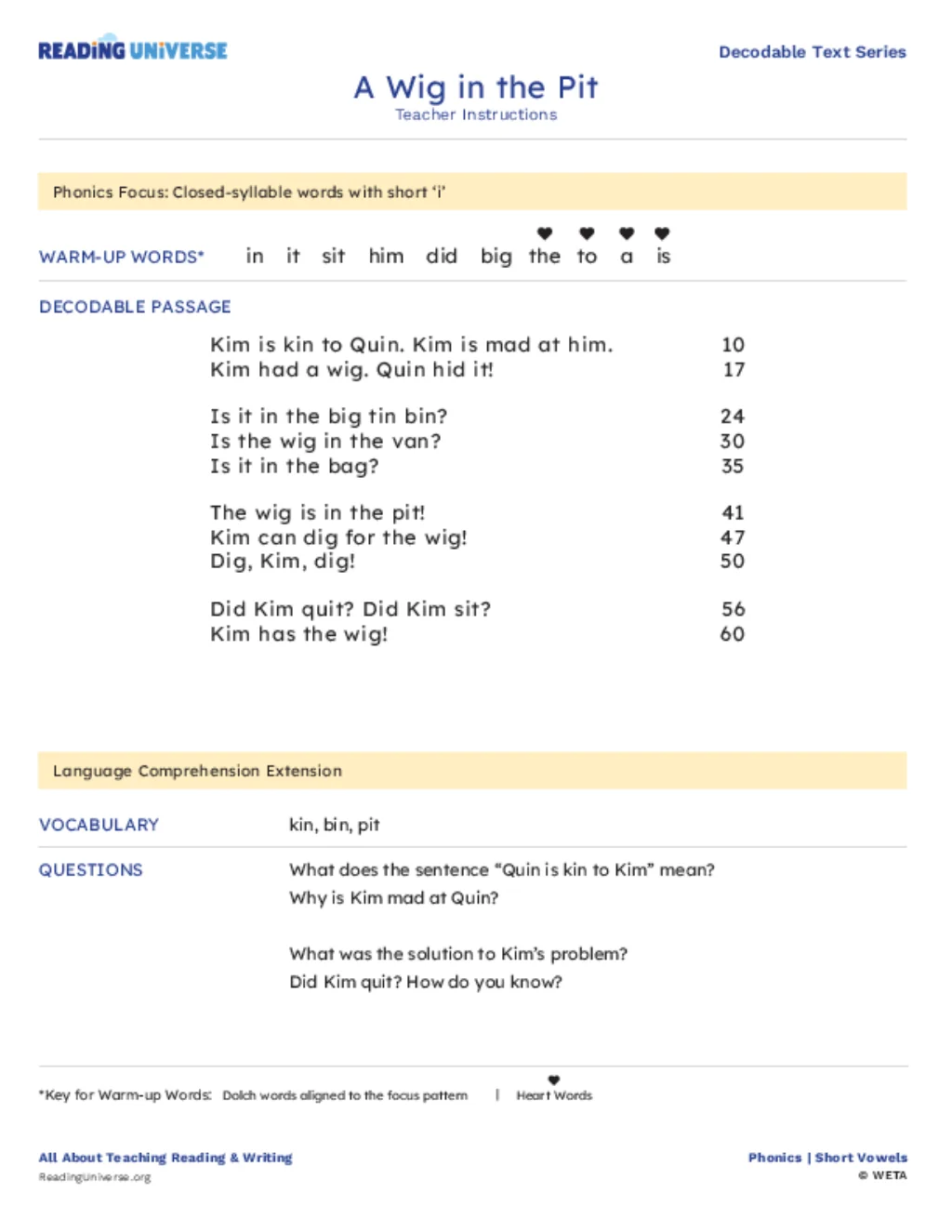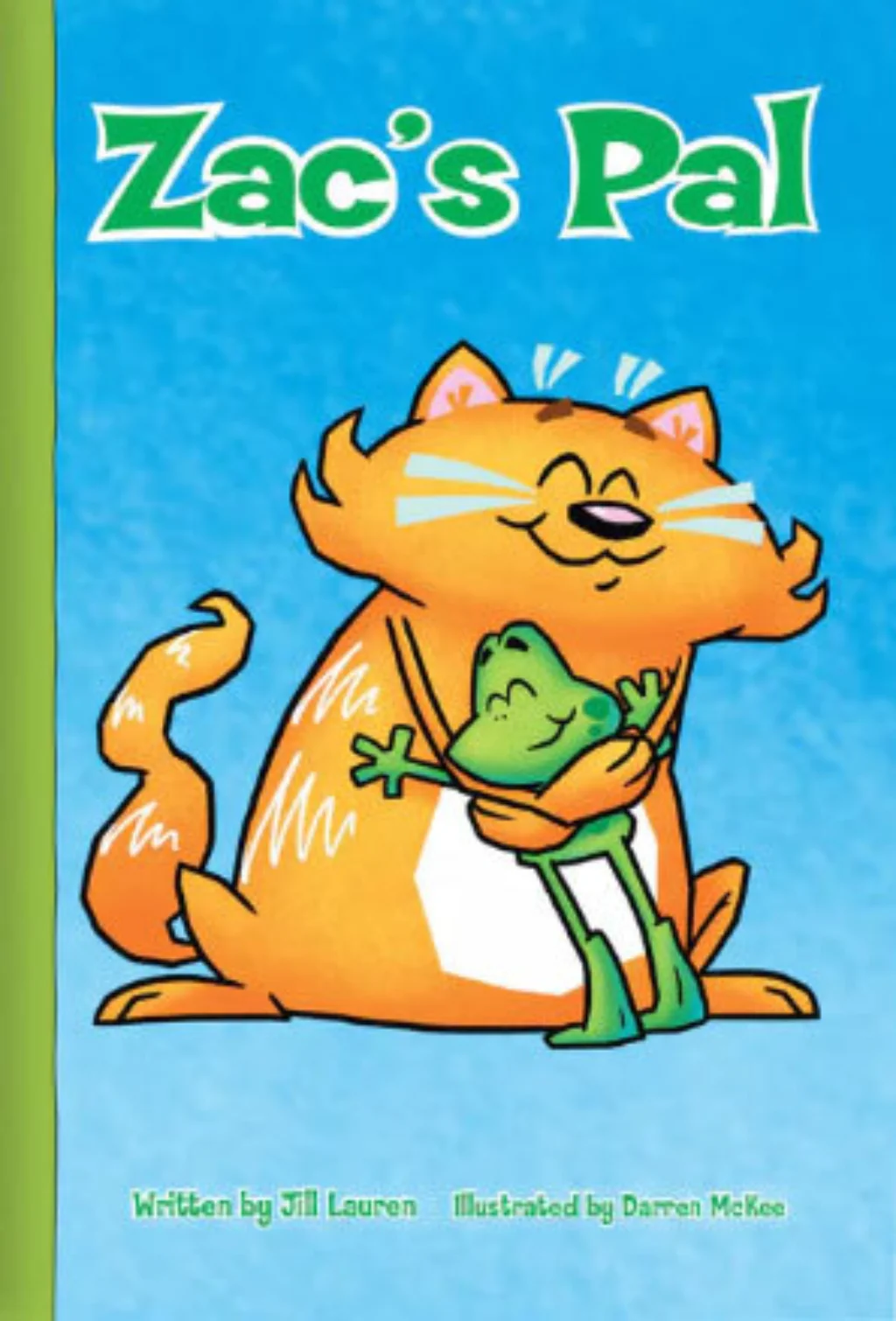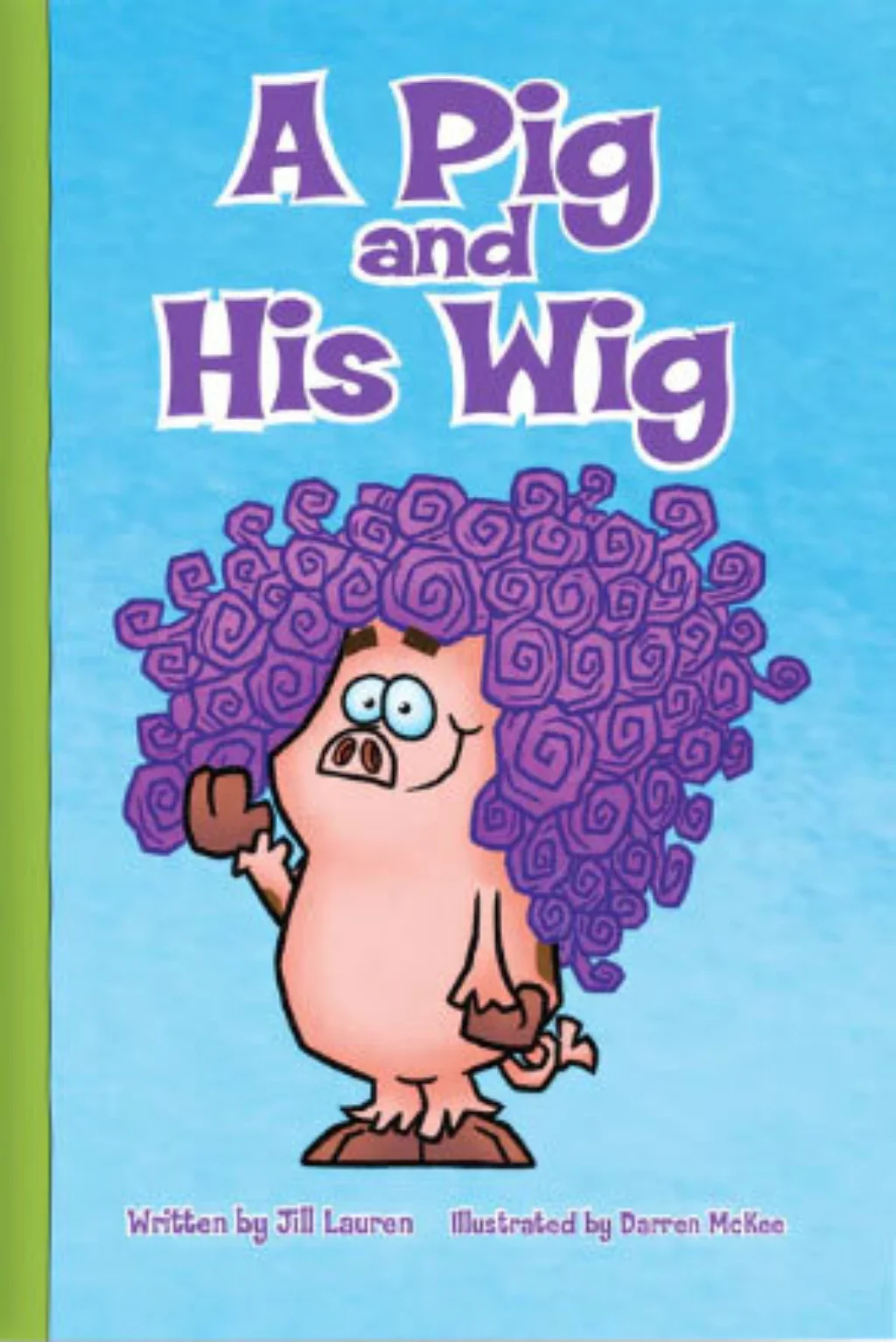6. Student Practice Activities with Short Vowels
Short Vowels Skill Explainer
Practice Activities

Word Chaining with Short 'i'
The purpose of this activity is to offer students practice reading words with a short ‘i’, like fit and fin.
The purpose of this activity is to offer students practice reading words with a short ‘i’, like fit and fin.

Short 'a' Roll and Read
The purpose of this activity is to offer students additional practice reading words with short ’a’.
The purpose of this activity is to offer students additional practice reading words with short ’a’.

Elkonin Boxes for Short Vowels
Elkonin boxes, also known as sound boxes, are used to help students build phonological awareness. Each square or box represents a phoneme, or sound. Use this activity to help students practice separating the sounds in words with short vowels like jet.
Elkonin boxes, also known as sound boxes, are used to help students build phonological awareness. Each square or box represents a phoneme, or sound. Use this activity to help students practice separating the sounds in words with short vowels like jet.
Read Sheets

Short 'i' Read Sheet with CVC Words
For this activity, students will practice reading words with short ‘i’. Students will have an opportunity to decode words, build accuracy and fluency, and strengthen their vocabulary.
For this activity, students will practice reading words with short ‘i’. Students will have an opportunity to decode words, build accuracy and fluency, and strengthen their vocabulary.

Short 'i' Read Sheet: Words and Sentences
For this activity, students will practice reading words with short ‘i’. This activity helps students decode words, build accuracy and fluency, and strengthen their vocabulary.
For this activity, students will practice reading words with short ‘i’. This activity helps students decode words, build accuracy and fluency, and strengthen their vocabulary.
Decodable Texts for Building Fluency

Decodable — A Rip in the Bag
Use this decodable text to give students practice reading closed-syllable words with short 'i'. For example, the letter 'i' in rip represents the short 'i' sound because the vowel is closed in by the consonant 'p'.
Use this decodable text to give students practice reading closed-syllable words with short 'i'. For example, the letter 'i' in rip represents the short 'i' sound because the vowel is closed in by the consonant 'p'.

Decodable — A Wig in the Pit
Use this decodable text to give students practice in reading closed-syllable words with short 'i'. For example, the letter 'i' in wig represents the short 'i' sound because the vowel is closed in by the consonant 'g'.
Use this decodable text to give students practice in reading closed-syllable words with short 'i'. For example, the letter 'i' in wig represents the short 'i' sound because the vowel is closed in by the consonant 'g'.
Decodables from Whole Phonics

Zac's Pal
This short 'a' decodable text is shared with permission from Whole Phonics (opens in new window).
This short 'a' decodable text is shared with permission from Whole Phonics (opens in new window).

A Pig and His Wig
This short 'i' decodable text is shared with permission from Whole Phonics (opens in new window).
This short 'i' decodable text is shared with permission from Whole Phonics (opens in new window).
